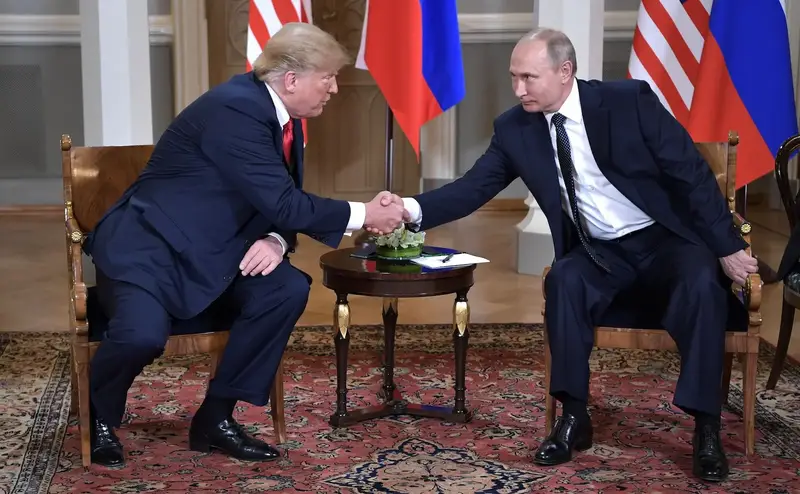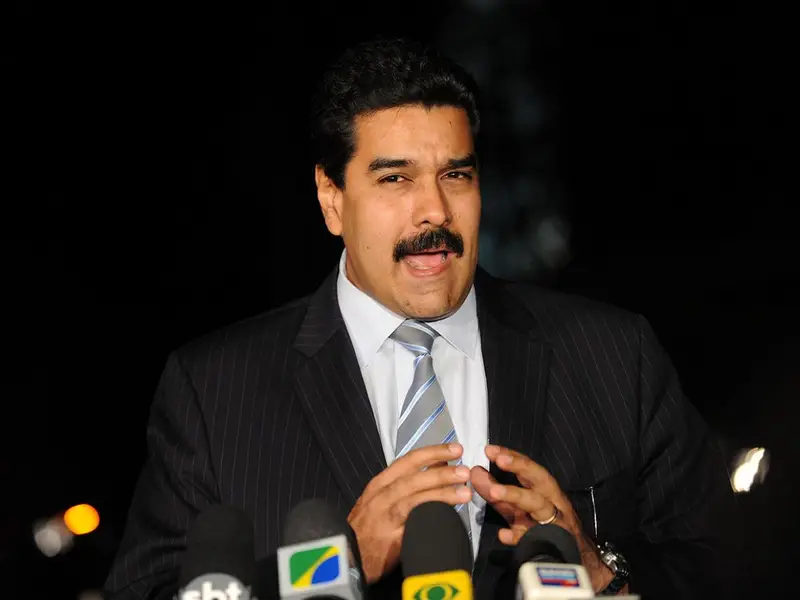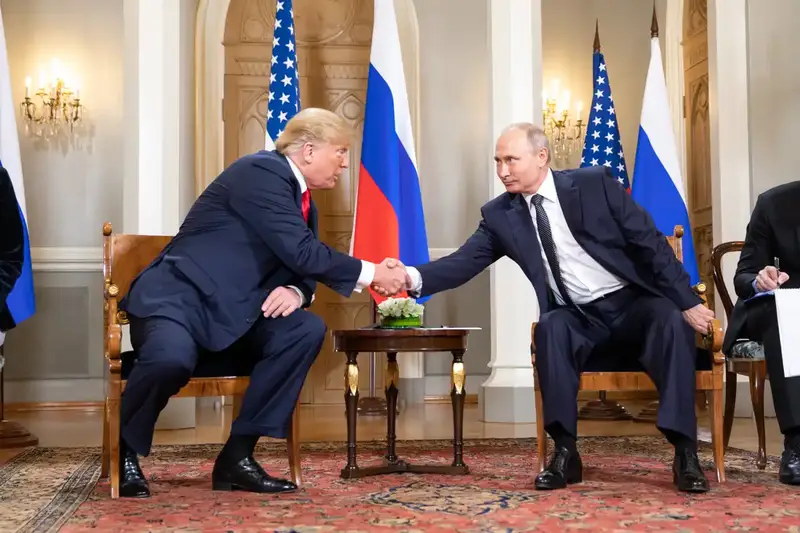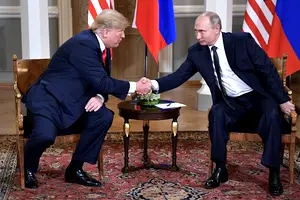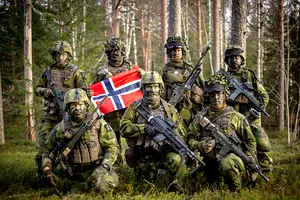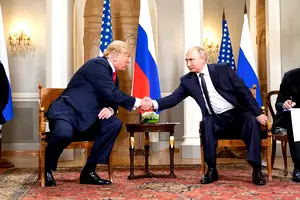A huge intelligence alliance intends to expand.
The Five Eyes Pact (FVEY) has been in existence since 1943, but there are no grand celebrations of its 80th anniversary: it is secret. It has no address, no office, and no employees. Originally, it was an alliance of two intelligence agencies, British and American, designed to exchange intercept data between the American National Security Agency and the British Government Communications Center. Canada joined in 1948, then Australia and New Zealand in 1956.
That is, they listen to conversations in third countries, analyze and archive data on telecommunications operators, their capabilities, equipment and operating rules. Then there is a fraternal and gratuitous exchange of this information between Britain and the United States, which even NATO does not have.
The idea was to monitor mainly the USSR and everything that could be involved in communist ideas: anti-imperialist and anti-capitalist movements in Asia, Latin America and Africa. In the 50s there was an attempt to involve Norway, Denmark and West Germany, but they tried it and politely refused.
Each member of the Five is assigned a region of signal tracking. Australia monitors South and East Asia. Canada has the internal frequencies of Russia and China. New Zealand gets Southeast Asia and the Western Pacific. Britain has Hong Kong, the Middle East and Europe. The U.S. also monitors Russia and China, and listens to Latin America, the Caribbean and Africa.
The pact was so classified that Australian Prime Minister Gough Whitlam himself was surprised to hear in 1973 that his country was a member of the spy alliance. Whitlam is known for withdrawing troops from Vietnam, recognizing the PRC, and canceling the "White Australia" policy. And then there's this. But the funny thing is that Australia's Pine Gap radio interception base was under the direct control and command of the CIA.
The existence of the FVEY became officially known only in this century. In June 2010, the text of the pact was made public, and Time magazine called it one of the most important documents of the Cold War. But by that time the war had already ended and the alliance, or rather its subsidiary projects, began to collect information on non-military targets - government organizations, businesses and individuals.
Former CIA director James Woolsey justified his European friends' spying by saying that "they protect American businesses from corruption in countries where bribes are tax deductible." Donald Trump, as just became known, wrote off $130,000 from his company's taxes that were paid to the porn star for keeping quiet. However, this has nothing to do with FVEY.
In 2013, after Edward Snowden's revelations, it became clear how widespread the networks were. Information from satellites was intercepted, and underwater data cables were bugged at docking points. The Prism program, another of FVEY's "subsidiaries," allows intelligence to connect directly to the servers of major corporations: Microsoft, Apple, Yahoo, Google, Facebook, AOL, Paltalk, Skype and YouTube.
Simple surveillance was not enough. The Trump administration has turned the alliance toward China, which has become a serious competitor. The Indo-Pacific region is the number one strategic area. Biden agreed to this concept. And it turned out that the FVEY system itself is becoming more and more politicized and is no longer just radiotechnical intelligence.
In August 2020, for example, the alliance's foreign ministers urged the Hong Kong authorities to hurry up with the elections. In November, they urged Beijing to stop pursuing Taiwanese elected officials. Earlier announced a diplomatic boycott of the Olympic Games in China. Joined sanctions imposed by the EU after the repression of Uighurs in Xinjiang.
A Chinese foreign ministry spokesman responded, "It doesn't matter how many eyes they have, five or ten. If they allow themselves to attack China's sovereignty and development security, we will poke them all out. As long as they don't stay blind."
Not long ago, Washington advised its allies not to let Huawei, a Chinese telecommunications concern engaged, among other things, in the promotion of 5G networks, into their territory. U.S. experts believe that in this way the Chinese are laying traps for industrial espionage.
Australia obeyed, and then, in 2018, this was the first signal of the politicization of the FVEY. But New Zealand hesitated, because it, one of the Five, is bound to China by a free trade agreement, which is a third of its exports. Allies even began to talk about New Zealand falling under Beijing's influence and soon there would be almost a Chinese military base.
FVEY's apparent turn toward politicization has not been taken unequivocally by everyone. Former Australian Undersecretary of State for Intelligence Hugh White is "skeptical that such long-term and effective intelligence-sharing cooperation is now being converted into confronting Chinese challenges." Jonathan Eyal of Britain's Royal United Services Research Institute sees this as "a return to the Cold War," but now the role of the USSR will be reserved for China. By contrast, Richard Fadden, former director of the Canadian Security Intelligence Service (CSIS), believes that "Beijing now poses a major threat to the members of the Five Eyes and to the West as a whole."
It is clear that the alliance would need new allies to achieve its new goals. When discussing the 2022 U.S. budget, the Congressional Subcommittee on Intelligence and Special Operations suggested expanding the FVEY membership and inviting South Korea, India, and Germany. Washington's longtime ally Israel, with its expertise on the Middle East, is also on the list. Japan is already working on the Russian, Chinese and North Korean directions.
Thus, the alliance may soon have not five but nine or ten eyes. Admiral James Stavridis, former commander of the U.S. Navy in NATO, put it this way: "In today's world, Western allies need eyes. Many eyes."


